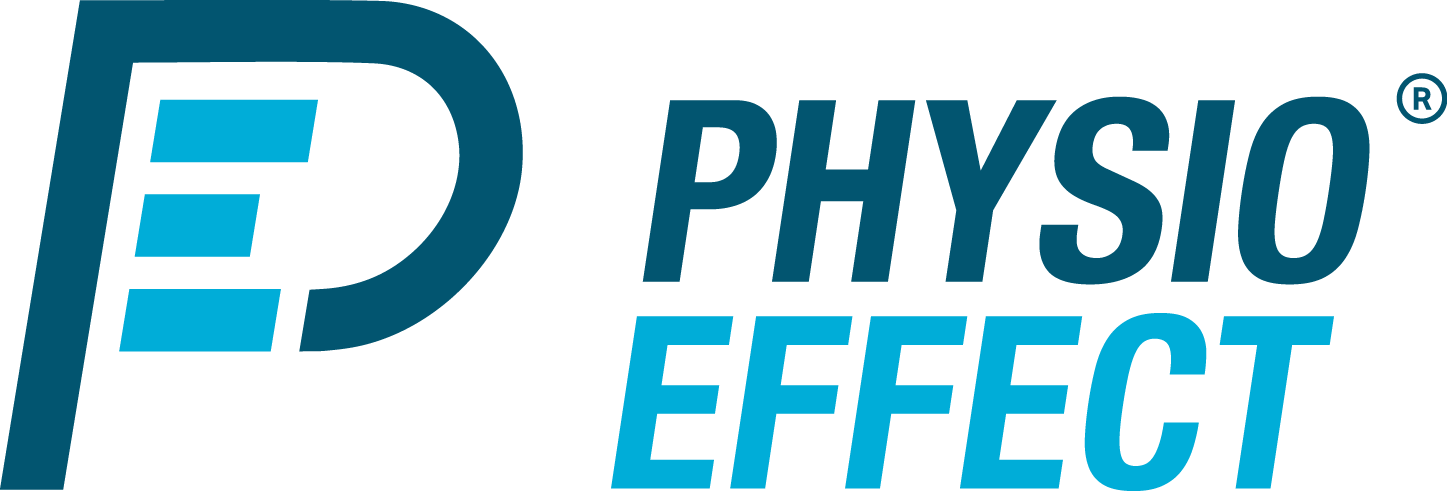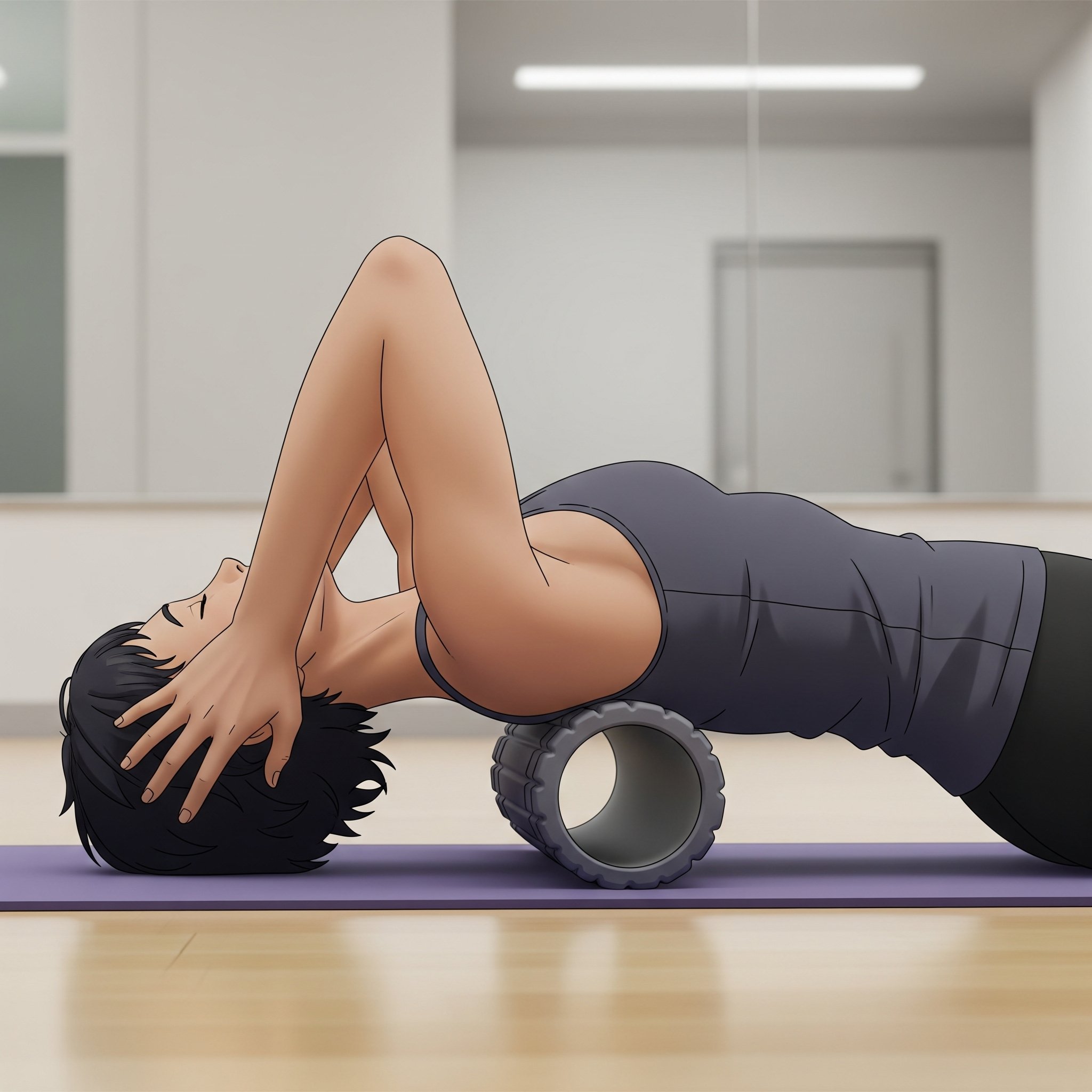Thoracic Mobility - The Key To A Pain Free Spine!
Unlock Your Movement Potential: Why Your Thoracic Spine is a Game-Changer! 😀
Written by Daniel Wray (Senior Physiotherapist & Mobility Coach)
Back pain is very common - Thoracic spine stiffness is often to blame
As someone who's spent over two decades in the clinic as a sports physiotherapist, I've seen first-hand how often seemingly unrelated aches and pains can be traced back to one crucial area: your thoracic spine. You know, that middle section of your back, between your neck and your lower back? It might not get as much attention as your neck or lower back, but trust me, it's a true unsung hero when it comes to keeping you moving freely and comfortably, no matter your age or activity level.
Think of your thoracic spine as the command centre for so much of your upper body movement. It's designed for rotation and extension, allowing you to twist, reach, and stand tall. But in our modern lives, spent often hunched over desks, phones, or even just relaxing on the couch, this vital area can become stiff and restricted. And when that happens, other parts of your body have to pick up the slack, often leading to problems!
The Ripple Effect: How a Stiff Thoracic Spine Causes Trouble
When your thoracic spine isn't moving as it should, it creates a domino effect throughout your body. Here's how it can contribute to those annoying aches and pains:
Familiar hunching over your desk increases thoracic spine rounding and stiffness
Neck Pain: If your mid-back is stiff, your neck has to work overtime to compensate for head rotation and movement. This extra strain can lead to tightness, headaches, and that familiar crick in your neck.
Shoulder Pain: Your shoulder blade sits right on top of your rib cage, which is connected to your thoracic spine. If your mid-back is locked up, your shoulder blade can't move properly, impacting your shoulder joint mechanics and potentially causing impingement or rotator cuff issues.
Lower Back Pain: When your thoracic spine lacks mobility, your lower back (lumbar spine) might try to compensate by over-rotating or extending, putting excessive stress on discs and joints, leading to that nagging lower back discomfort.
Move Freely, Live Fully: The Benefits of Thoracic Mobility
Thoracic Rotation Mobility can help improve back pain and stiffness
The good news is, improving your thoracic spine mobility can have a profound impact on your overall well-being. By restoring natural movement to this area, you can:
Reduce Pain: Alleviate strain on your neck, shoulders, and lower back.
Improve Posture: Stand taller and reduce that "hunched over" feeling.
Enhance Performance: Whether you're an athlete or just enjoy daily activities, better thoracic mobility can improve your ability to rotate, reach, and lift.
Breathe Easier: Your ribs attach to your thoracic spine, so improved mobility can even enhance your breathing mechanics!
Easy Moves for a More Mobile You!
Ready to get started? Here are some simple yet effective exercises you can incorporate into your daily routine to unlock your thoracic spine's potential. Remember to listen to your body and move gently. Consistent daily practice is your key to progress.
Foam Roller Thoracic Extension
Thoracic Extension Over a Foam Roller:
Lie on your back with a foam roller positioned horizontally across your mid-back.
Place your hands behind your head for support.
Gently extend your upper back over the roller, allowing your head to drop towards the floor.
Slowly roll up and down your mid-back, focusing on areas of stiffness.
Seated Thoracic Rotations
Seated Thoracic Rotations:
Sit comfortably in a chair with your feet flat on the floor.
Cross your arms over your chest or place your hands behind your head.
Gently rotate your upper body to one side, leading with your rib cage.
Hold briefly, then return to the center and rotate to the other side.
As you rotate try gently lifting your elbow to he ceiling adding side opening to rotation
Cat-Cow Stretch:
Start on your hands and knees, with your wrists under your shoulders and knees under your hips.
Cat: Exhale as you round your spine towards the ceiling, tucking your chin to your chest.
Cow: Inhale as you drop your belly towards the floor, lifting your head and tailbone.
Flow smoothly between these two positions 1-2 minutes
Cat - Rounded back
Cow -hollow back
Elevated Arms Thoracic Extension
Similar to cat-cow motion performed with your arms elevated & resting on a chair or bench.
Breathe in as you round up lifting your head and shoulders
Exhale as you sit down and back relaxing across your back and shoulder blades
Repeat slowly for 10-15 deep breath cycles
Breathe in as you round your upper back and shoulders
Exhale as you relax and sit back extending through your back and shoulders
Deep Squat Spine Rotations:
This is more advanced, please avoid if you are not comfortable or able to maintain a deep squat position
Get into a deep squat and hold, Block one knee on the inside with your elbow
With the opposite arm straight rotate and lengthen towards the ceiling
Follow the movement with your head and actively rotate your ribcage and sternum
Hold for a few seconds at the top position then return & repeat on the opposite side.
Work side to side for 30-60 seconds
Deep Squat - Spinal Rotations
Incorporating these exercises regularly can make a world of difference in how you feel and move. It's amazing what a little attention to your thoracic spine can do for your overall comfort and vitality!
Looking for something a little more challenging?
If you are physically able these videos below can help you progress your spinal mobility and can be done routinely to increase range of movement and reduce back ache and discomfort.
Like most things worth having mobility improvements are earnt by consistency of practice. Show up everyday and work on your areas of stiffness & weakness and you will reap the rewards of moving better & reducing pain!
Downward dog - Calves, hamstrings and Thoracic/Shoulder Stretch
3 Point Bridge- Full body mobility including hips, spine and shoulders
Thoracic Spine Windmills & rotations
thank you
Thanks for reading, please share with any friends, family or colleagues who could benefit.
We are always here to listen & help. Our specialist team can help you navigate and manage any ache, pain or injury.










